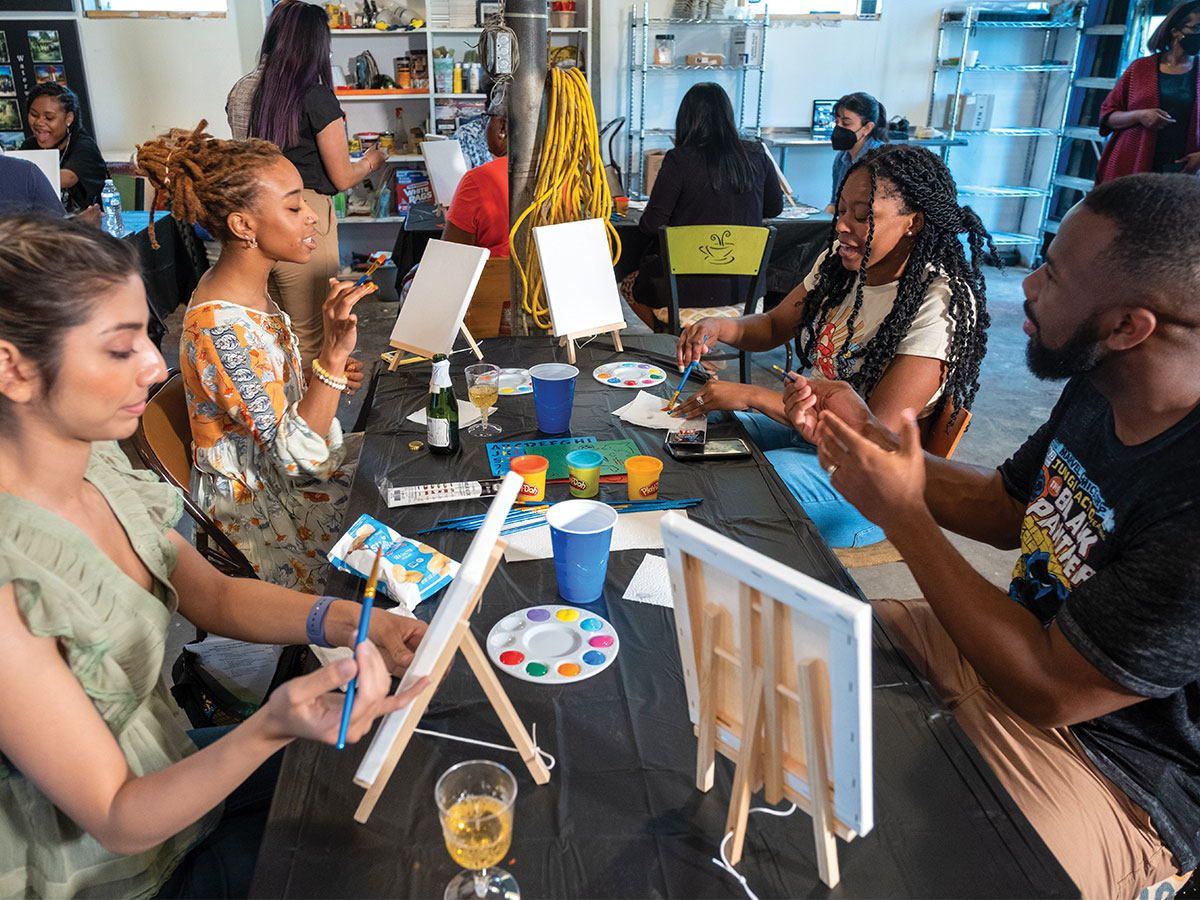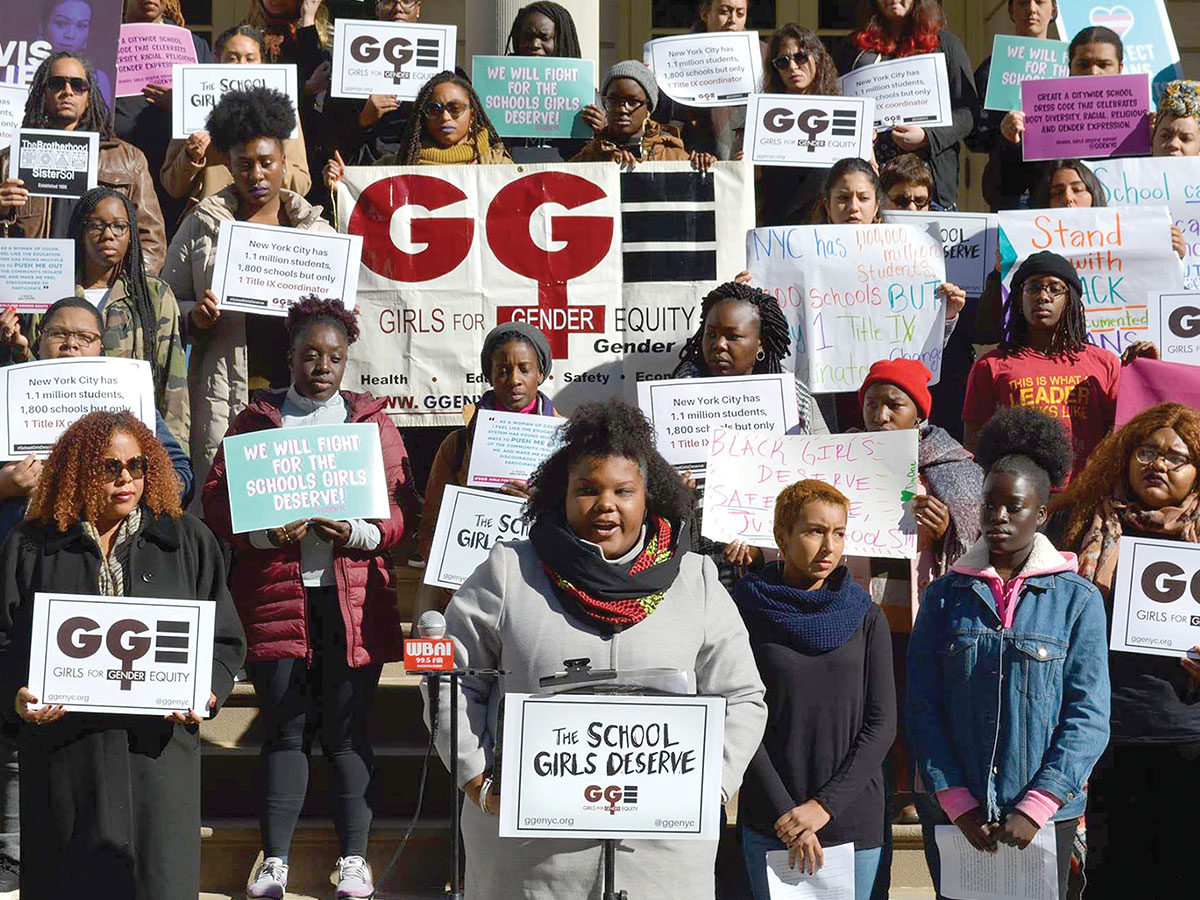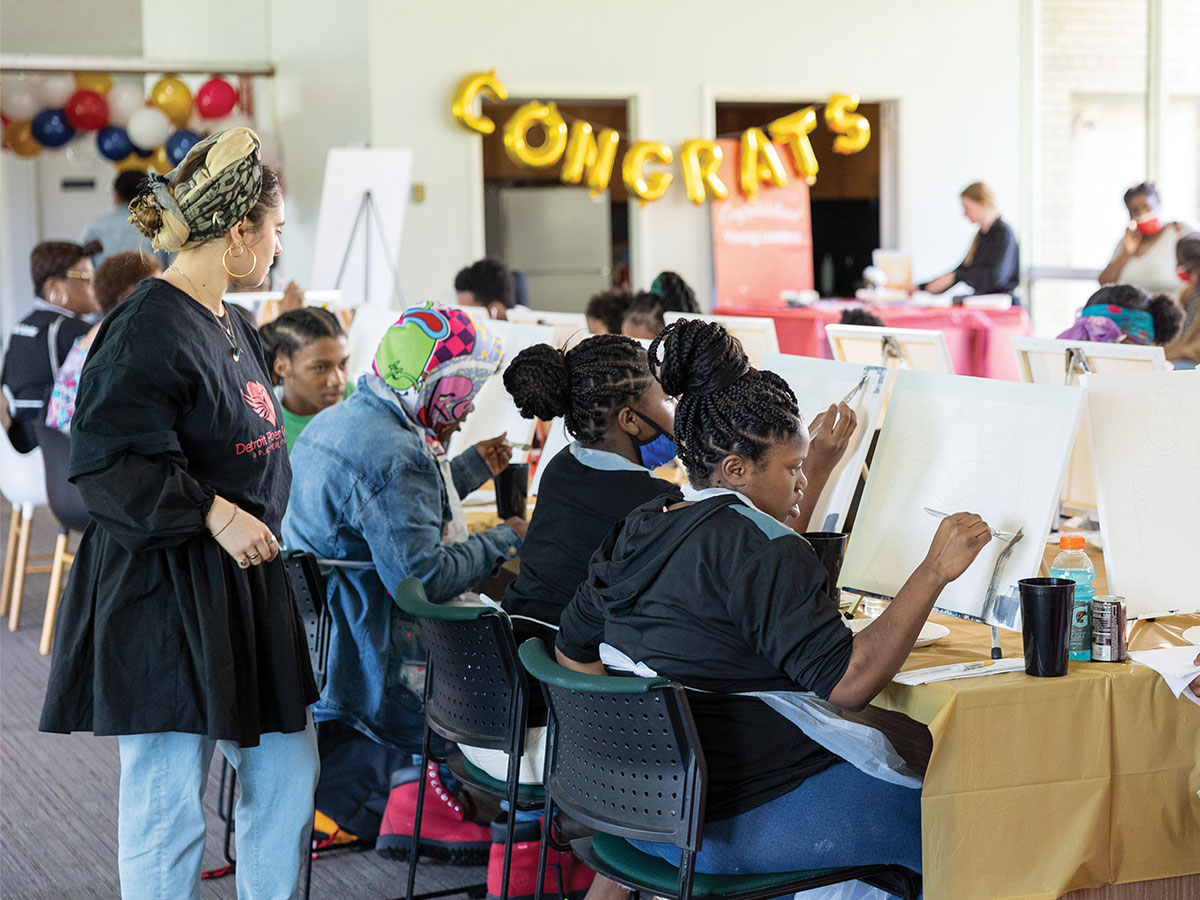
We all want to live in just communities where everyone can thrive. In my efforts to contribute to meaningful change and make that vision a reality, I have focused on supporting other people in their leadership journeys, so they can advance equity and remove structural barriers to health. Only recently have I realized that I need to reexamine my own assumptions about leadership itself.
Last fall, I stepped into a new role as interim managing director of the Robert Wood Johnson Foundation’s Leadership for Better Health grantmaking portfolio (LBH), where we support people and teams working to transform systems and advance health equity. As I moved into this role, I had so many expectations of myself. When team members asked me what the transition meant for them and their roles, I worried they would doubt my leadership if I didn’t have all the answers. It was part ego and insecurity, naturally. It was also due to a normative expectation: leaders must be all-knowing, in control, and certain about the right course of action.
Moving beyond the hero model
I’m learning that I don’t need to lead that way. Some days, it’s easier to embody what I’m learning. When I do, it offers relief and the knowledge that our success is built on the strengths of the entire team. Other days, it’s much harder.
In the US and elsewhere around the world, a dominant understanding of leadership elevates the individual over the collective. It privileges one kind of authoritative, hierarchical leadership and leader. And it excludes and denies the value—even the existence—of other ways of leading.
Many leadership programs unknowingly echo and perpetuate this “hero model” in how they select participants, determine what skills are most vital to effective leadership, design program curricula, and evaluate impact.
Shifting away from this dominant, exclusive, heroic understanding of leadership is necessary for society to meaningfully advance justice and equity. The urgent need for this shift is coming into sharper focus at RWJF as we look more closely at the imperative to dismantle structural racism as a serious barrier to health and wellbeing.
For leadership program funders and practitioners to implement more inclusive practices, we need to move beyond the idea of a one-size-fits-all approach. We need to begin seeing and supporting leadership in multiple forms, including collective approaches in which leadership and responsibility are more shared, distributed, and collaborative, and less bound to hierarchy.
This requires more than changing how we talk about leadership. It also requires taking a closer look at how we practice and model it. Consider my experience: Despite understanding the need for—and being committed to advancing—multiple forms of leadership, I still wanted to be the hero when I took on this interim role. And, despite the emphasis LBH has long placed on supporting leaders from diverse backgrounds and disciplines, with diverse lived experiences and at different points in their careers, we have not been explicit about valuing diverse forms of leadership.
Given how deeply ingrained the hero model is, how can funders and practitioners change how we understand, practice, and support leadership for social change?
What we’re learning
In recent years, members of the LBH team—alongside grantees, programs we support, a learning community composed of other leadership funders and practitioners, and many others—have been grappling with how to define, support, and fund leadership in ways that advance equitable, systemic change. Among other questions, we have been asking ourselves: What ideas about leadership, and what ways of leading, do we assume as fact? What other ideas and ways exist, despite being obscured by the pervasive hero model?
From our explorations and wider conversations across the field of leadership for social change, three core threads of a broadened narrative of leadership are emerging. As articulated in a recent six-part series in the Stanford Social Innovation Review, these interwoven threads can help funders and practitioners support leadership more inclusively.
- Cultivate an understanding of leadership’s many forms. A first step is learning to recognize the many ways leadership manifests. Look to other organizations, communities, and cultures. How does leadership work there? When leadership takes an unfamiliar form, it can be hard to recognize; for example, a community where the person or group leading changes depending on the situation does not fit “hero model” expectations. Commit to looking below the surface.
- Support community-driven leadership. Another way to advance equity is to fund and support work prioritized by communities and led in ways grounded in local cultures, strengths, and values. For example, the SAGE Development Authority, a public power authority owned by the Standing Rock Sioux Tribe, is leading the development of a 235-megawatt wind farm named Anpetu Wi (Lakota for “morning light of the sun”). Designed to fight climate change, improve lives, and enhance the tribe’s long-term ability to invest in related efforts, the project is grounded in traditional stewardship practices, the tribe’s unique insights into its own challenges, and cultural values that prioritize people and land over profit. Rather than focusing on improving the skills of individuals deemed exceptional according to external criteria, supporting locally-led efforts honors the expertise, capabilities, and insights of communities most impacted by social injustices and supports leadership practices that work there.
- Make room for more ways of leading. Create space for diverse forms of leadership to flourish in organizations and communities. By supporting multiple forms of leadership—particularly models that center collaboration, shared power and decision-making, and a commitment to mutual accountability—organizations can help illuminate problems, find innovative solutions, and drive change. Since 2010, the Center for Law and Social Policy (CLASP), a nonprofit committed to reducing poverty and increasing economic opportunity, has prioritized racial equity. This priority has been advanced, both internally and in CLASP’s policy work, primarily by a committee composed of staff members from every part of the organization and empowered by the CEO and board to recommend bold shifts. As a result of this shared authority and responsibility, the organization’s staff, culture, structure, and external work have evolved rapidly.
We are working to put these lessons and insights into practice through existing LBH programs. We are also working to determine where we can have the greatest impact by supporting—and investing in new programs that advance—forms of leadership that go beyond the hero model.
Join our learning community
If you know that advancing equity, justice, and antiracism requires shifts in assumptions about and practices of leadership, I’m sure you’re tired of talk, of the hesitancy to act. If you want to learn how to make the shifts needed to support diverse ways of leading, I invite you to join our learning community for an interactive webinar on October 24, 2023, at 11:00 a.m. PT/2:00 p.m. ET. I look forward to learning alongside you.
This post was originally published by the Robert Wood Johnson Foundation.



